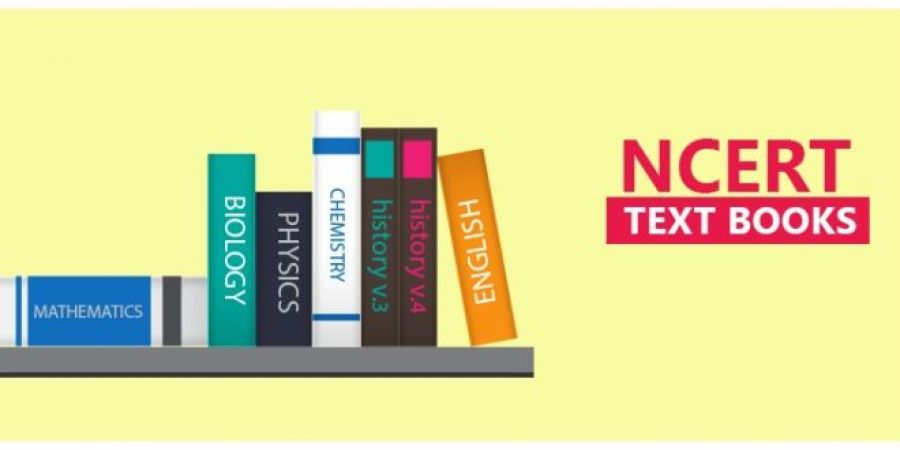
In a notable move aligning with the National Education Policy of 2020, the Central Board of Secondary Education (CBSE) has directed its affiliated schools to consider Indian languages as optional mediums of instruction to promote multilingual education. The aim is to introduce education in various languages and boost linguistic diversity.
Joseph Emmanuel, the CBSE Director (Academic), emphasized the significance of this initiative. He proposed that Indian languages listed in Schedule 8 of the Indian Constitution could be utilized as mediums of instruction from the foundational stage until the end of secondary education (ranging from pre-primary classes to class 12), supplementing the existing options available.
The board strongly emphasized the need for schools to collaborate and pool their available resources to effectively implement multilingual education.
Implementing multilingual education does present certain challenges, including the availability of skilled teachers proficient in teaching subjects in multiple languages, the creation of high-quality multilingual textbooks, and time constraints, especially in two-shift government schools.
CBSE stated, "The NCERT has taken this serious task on the highest priority, ensuring that textbooks in 22 scheduled languages will be made available to all students from the next academic sessions," as reported by PTI.
The CBSE recognized the efforts made by higher education authorities in providing education and conducting exams in different languages.
Notably, Indian languages are not limited to general education only; technical, medical, vocational, skill, and law education textbooks are also being made available in Indian languages. With higher education institutions already adapting to this need, the CBSE believes that schools must become the foundation of multilingual education.
The Ministry of Education has directed the NCERT to prepare new textbooks in 22 scheduled Indian languages on a priority basis. This initiative aims to ensure that students have access to quality educational materials in their mother tongue or other Indian languages.
The CBSE's encouragement of Indian languages as mediums of instruction is expected to enhance the accessibility and inclusivity of education, fostering a deeper connection between students and their native languages.
By embracing multilingual education, schools affiliated with CBSE can make significant contributions to this important endeavor, providing a robust foundation for students' future higher education pursuits.
Traditional Education 2.0: Bridging the Gap Between Past and Future
Education as a Pathway to Conflict Reduction and Understanding